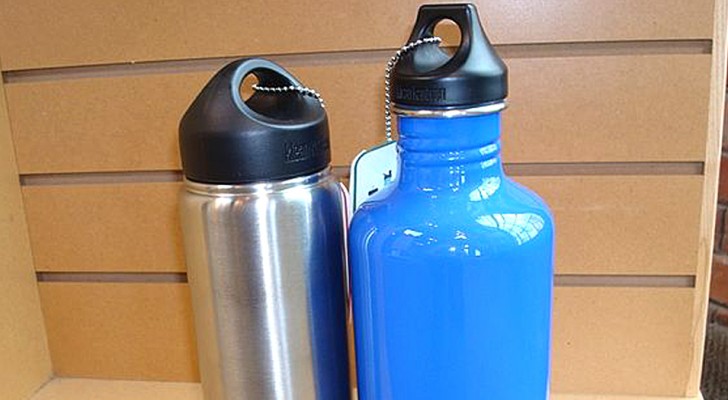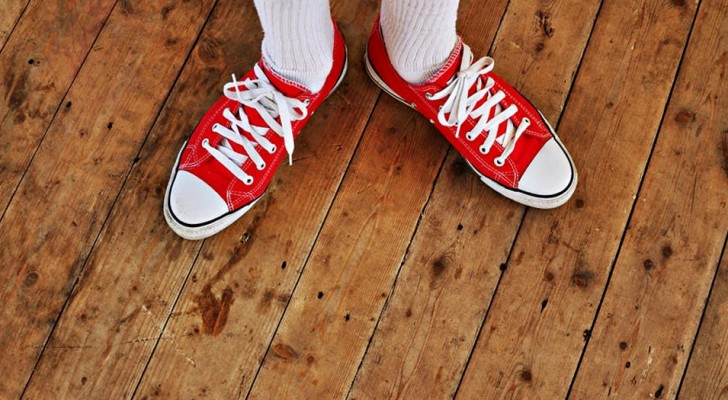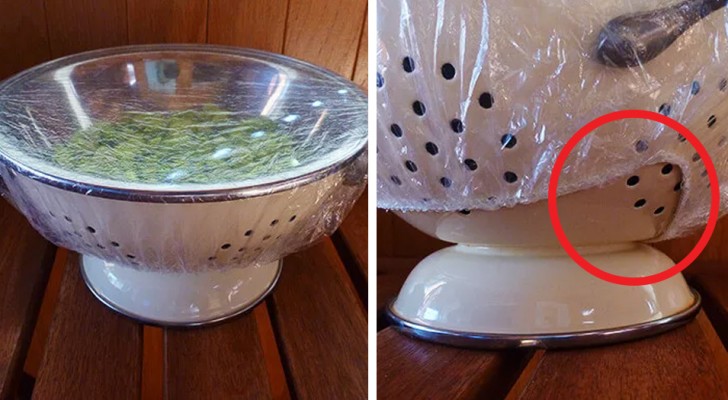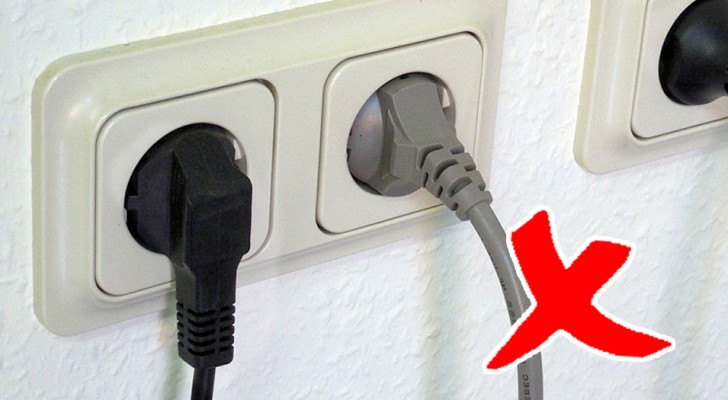18 useful tips that you can put into practice to lower your energy bills
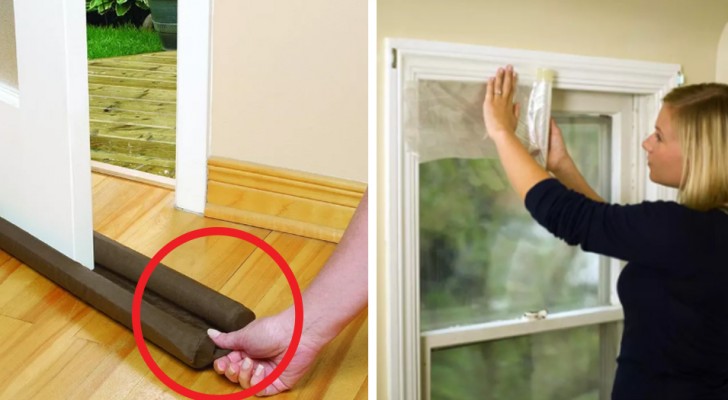
The expenditures related to the maintenance of a house never seem to end! In fact, if you do not take precautions, you are likely to receive some bad surprises when your utility bills arrive!
However, in regards to the consumption and installation of the latest generation of domestic appliances, there are some behaviors that contribute to increasing our energy bills.
Here are some useful tricks to control expenses and also avoid the unnecessary waste of energy.
1. Load the dishwasher correctly
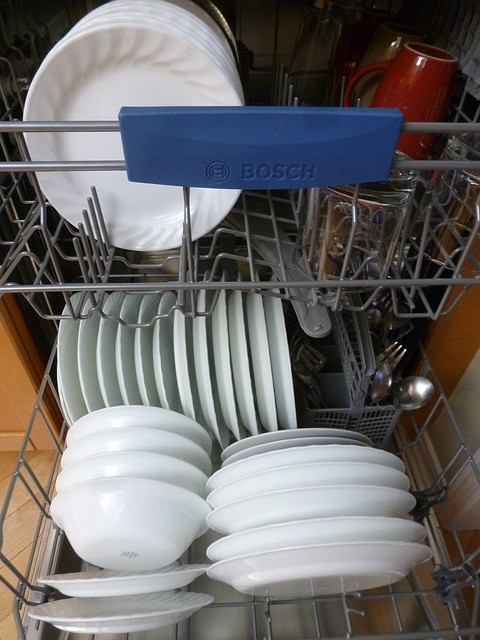
Make sure that when you load the dishwasher, it corresponds to the maximum load. Just throwing the dishes to be washed into the dishwasher without arranging them properly will prevent you from exploiting the available space in an optimal way and this will force you to use the dishwasher more than necessary. Consult the user manual of your dishwasher to discover the ideal arrangement.
2. Install a shower head that saves water
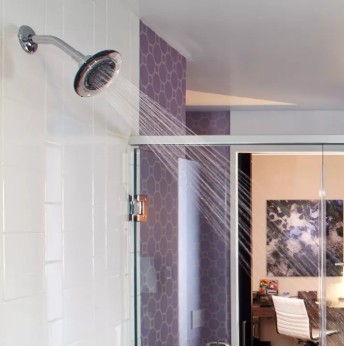
The fashion trend of the moment wants bigger and bigger showerheads, in imitation of the luxury models. In traditional houses, however, using excessively large showerheads creates problems of pressure and water consumption. In any case, there are modern showerheads available on the market that maintain the water pressure at the right level and also guarantee lower water consumption.
3. Place aerators on faucets
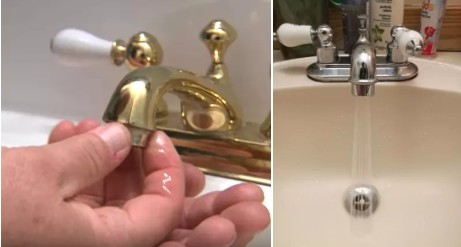
Aerators are nothing more than air vents that mix water and air, in order to maintain the volume of the jet of water while at the same time reducing the effective flow.
4. Install smart thermostats
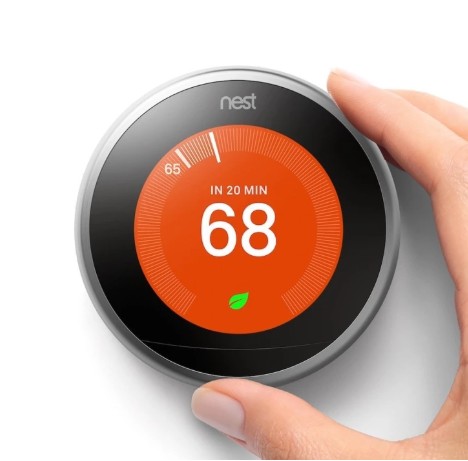
It is almost impossible not to exploit technology to save money. In fact, today, advanced technologies allow us to have strict control over our actual living conditions and to be advised on the optimal settings. A modern thermostat, for example, regulates the supply of heat or fresh air according to the frequentation of the house and according to the different times of the day.
5. Eliminate drafts
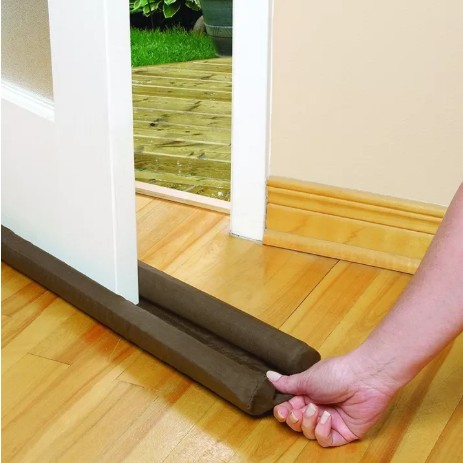
Drafts are the number one ally of energy consumption! If you realize that the doors or windows let too much air pass, then you should apply draft excluders.
6. Equip yourself with double glazed windows or protective window film
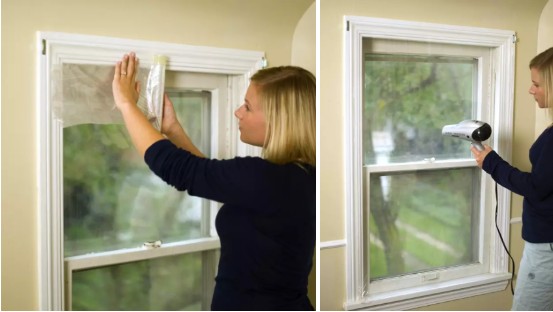
Against heat exchanges, both in winter and in summer, double glazing is incredibly effective. If, however, your fixtures are not modern, you can apply protective window film to window panes that perform the same function.
7. Collect rainwater
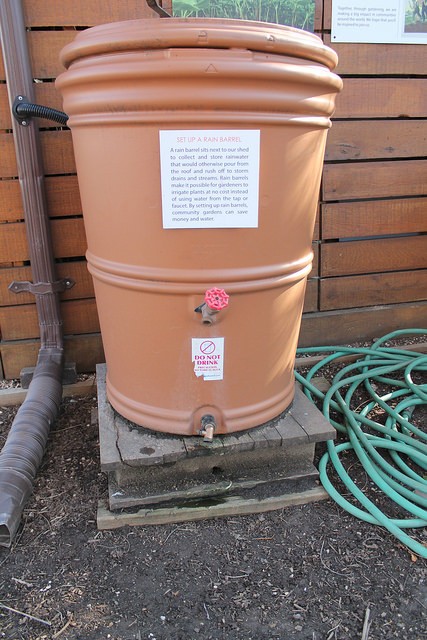
If you have the possibility, collecting rainwater will allow you to save quite a bit on your water bill. By doing this you can, in fact, replace the water in the pipes, with rainwater, for all uses that do not require potable water.
8. Adjust the water temperature
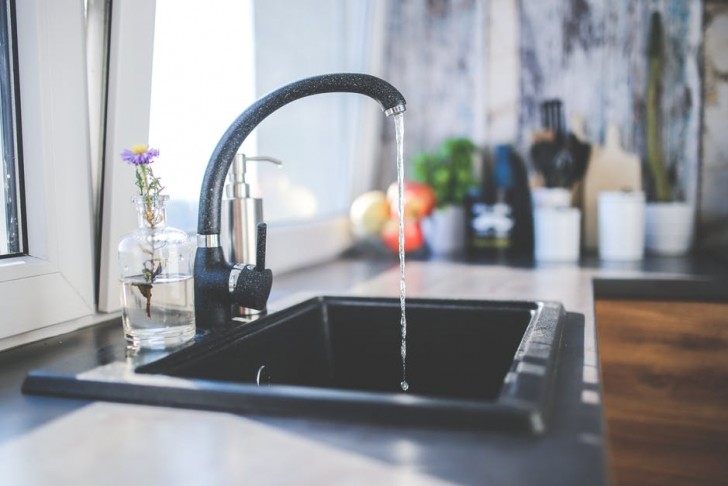
Depending on the season, it is advisable to adjust the maximum temperature of the water supplied to avoid unnecessary use of the water heater.
9. Turn off power strips
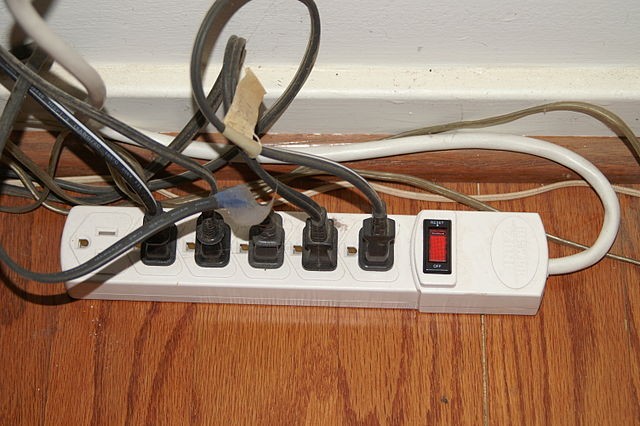
Power strips are real energy vampires if left on even when not being used. Get into the habit of turning them off at night or when you are not using them.
10. Limit the use of the oven and the stove
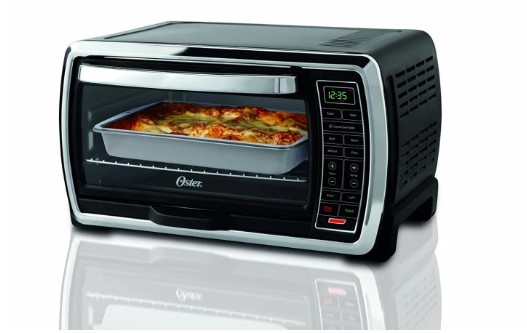
If you prepare most of the meals, then it is a good idea to organize your cooking so as not to turn on the oven too often, and maybe use it for the preparation of several dishes at the same time.
11. Clean the clothes dryer filter
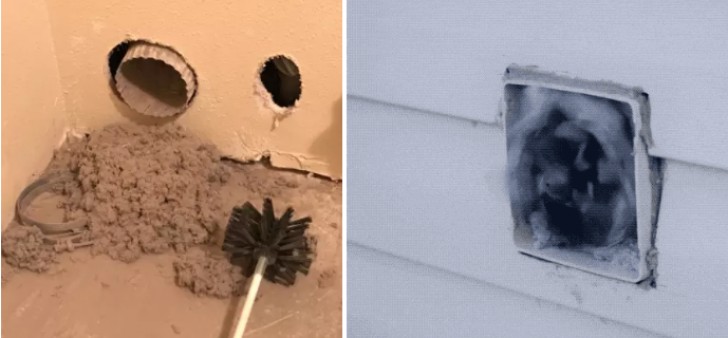
Does your dryer seem to not perform as well as it did in the past? The problem could be the accumulation of dust in the filter. Remember to clean it at least once a year to ensure that the appliance does not consume too much energy.
12. Clean the ventilation system grilles

From time to time it is advisable to also clean the grilles of the ventilation system because dust can accumulate in the vent openings and this hinders the correct passage of air, causing an energy overload.
13. Clean the back of the fridge
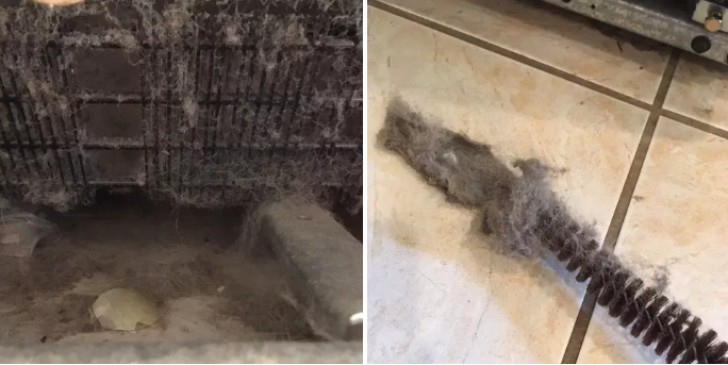
Do you have any idea how much dust accumulates behind a refrigerator? At least once a year, it is good to make the habit of moving the appliance to eliminate anything that could cause it to overheat and therefore have a greater energy requirement.
14. Decrease the drying time of your clothes dryer
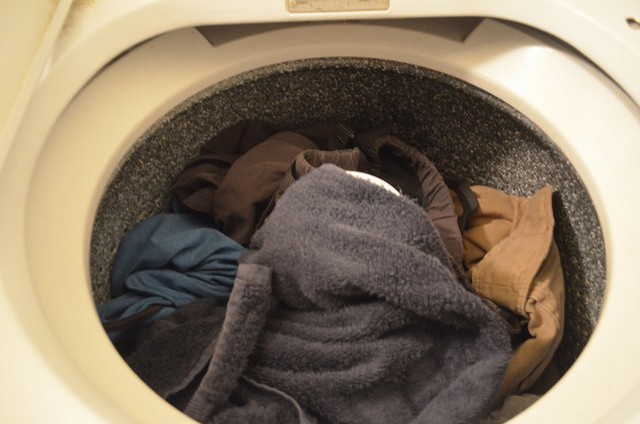
To reduce the drying time of your clothes dryer, one of the most energy-consuming appliances, place a clean, dry towel among the wet clothes. Remove the towel after 15 minutes from the start of the drying cycle so that the rest of the load dries faster.
15. Furnish with blackout curtains
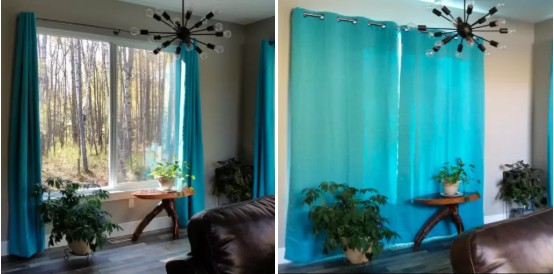
If you have parts of the house exposed to direct sunlight, you should use blackout curtains. These types of curtains prevent rooms from heating up too much and also makes them more restful, especially if they are intended for sleeping.
16. Protect the water heater
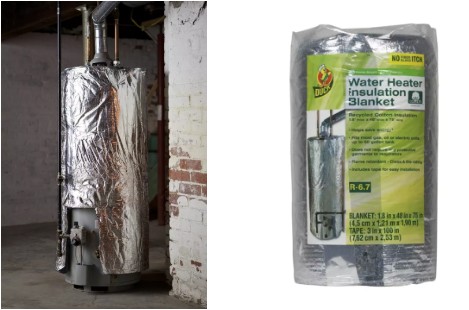
If your water heater is in the basement or cold parts of your house, you should protect it with an insulating cover. In this way you will avoid excessive energy consumption.
17. Adjust the ceiling fan

If you have this type of fan in your home, be sure to adjust the rotation mode of the blades. In fact, in the summer the blades should turn upwards (and rotate counterclockwise), to ensure the circulation of fresh air,. Instead, in the winter the blades must be face down (and rotate clockwise) to push warm air from the top to the bottom (downwards).
18. Replace the bulbs with the LED ones
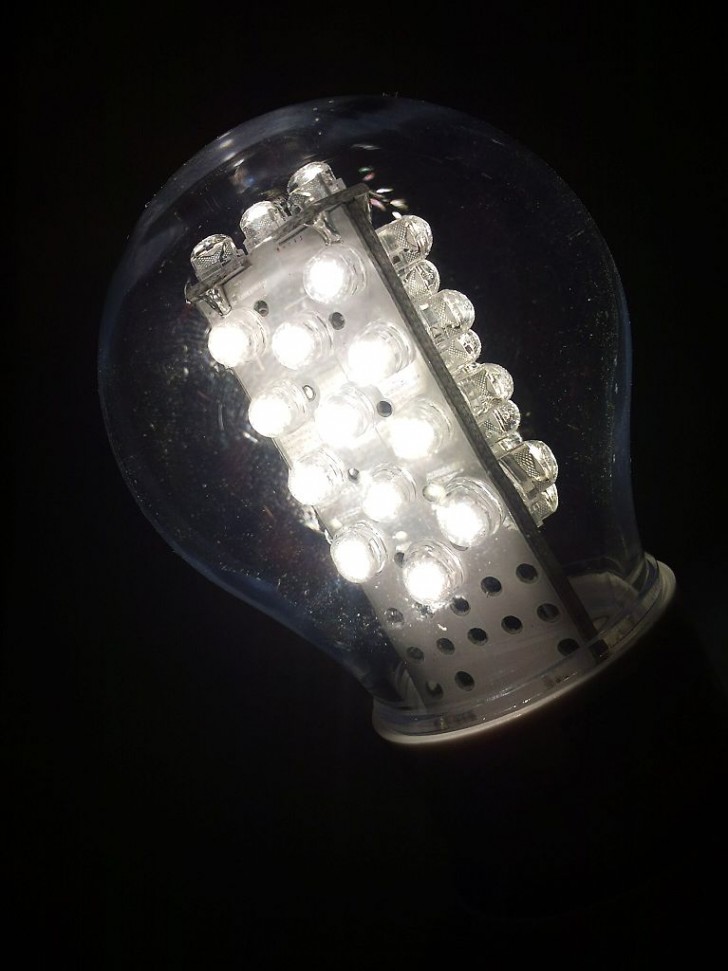
The energy savings that you can achieve by replacing the traditional light bulbs with LED ones is unparalleled! You can do it without sacrificing the heat level of the light or the intensity.

